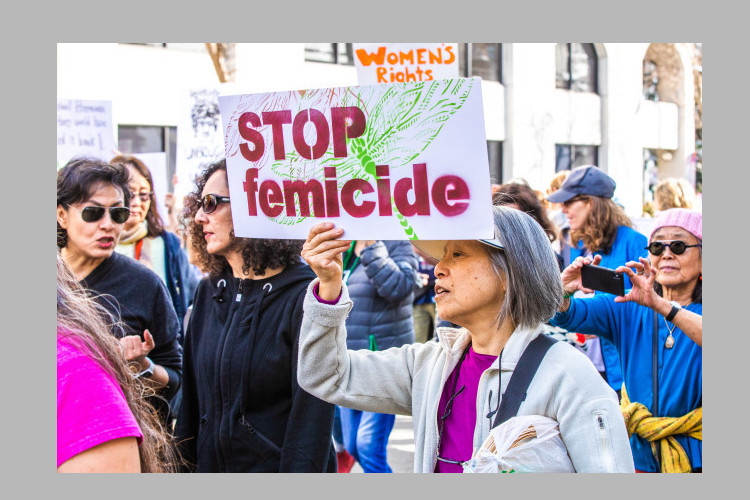By Caroline Mwanga
NEW YORK | VIENNA | 27 November 2023 (IDN)— Almost 89,000 women and girls were killed intentionally in 2022 across the globe, the highest yearly number recorded in the past decades. Besides, available data suggest that while the total number of homicides globally has begun to fall in 2022 after a spike in 2021, the number of female homicides is not decreasing.
Most women and girls worldwide were killed by their intimate partners or other family members. On average, more than 133 women or girls were killed every day by someone in their own family. In contrast, 12 percent of homicides against males are perpetrated in the home.
Moreover, the accurate scale of femicide may be much higher, as information on gender-related motivations is insufficient in roughly four out of ten female homicides, “Gender-related killings of women and girls (femicide/feminicide)”, a research paper from the Vienna-based United Nations Office on Drugs and Crime (UNODC) and UN Women with headquarters in New York, has found.
“The alarming number of femicides is a stark reminder that humanity is still grappling with deep-rooted inequalities and violence against women and girls,” said Ghada Waly, Executive Director of UNODC. “Each life lost is a call to action—a plea to urgently address structural inequalities, to improve criminal justice responses, so that no woman or girl fears for her life because of her gender. Governments must invest in institutions that are more inclusive and well-equipped to end impunity, strengthen prevention, and help victims, from frontline responders to the judiciary, to end the violence before it is too late.”
While globally, 80 percent of homicides are against men and boys, women and girls are disproportionately affected by homicidal violence in the home: they represent approximately 53 percent of all victims of killings in the home and 66 percent of all victims of intimate partner killings.
Women and girls in all regions across the world are affected by this type of gender-based violence. With an estimated 20,000 victims in 2022, Africa has—for the first time since 2013, when UNODC began publishing regional estimates—surpassed Asia as the region with the highest number of victims in absolute terms. In 2022, Africa was also the region with the highest number of victims relative to the size of its female population (2.8 victims per 100,000 women). However, the estimates are subject to uncertainty due to limited data availability.
The report finds that between 2010 and 2022, Europe witnessed an average reduction in the number of female intimate partner/family-related homicides (by 21 percent), albeit with differences across sub-regions and with some setbacks in Western and Southern Europe, especially since the onset of the COVID-19 pandemic in 2020.
The Americas have seen diverging sub-regional trends in the number of female intimate partner/family-related homicides in recent years. While Central and South America experienced a decline in yearly killings between 2017 and 2022 (by 10 percent and 8 percent, respectively), Northern America witnessed a significant increase (by 29 percent). The Caribbean recorded a more modest increase: by 8 percent.
Risks rising
The report notes that global data availability on gender-related killings is gradually increasing: while 74 countries had at least one data point on female intimate partner/family-related homicide in the period 2009-2015, this increased to 99 countries in the years 2016-2022.
This is because the UN system has taken concrete steps to assist Member States in improving data collection and reporting, including through the introduction and support for the implementation of the Statistical framework for measuring the gender-related killing of women and girls.
“The risks of gender-based violence and femicide are only rising as our world is engulfed in conflict, humanitarian emergencies, environmental and economic crises, and displacement,” write the UNODC Executive Director Ghada Waly, and her counterpart at the UN Women, Sima Bahous in a joint preface to the report.
“Global action is needed, most of all, to stop the violence from occurring in the first place,” they add. Furthermore, they call for “strong political support, across regions and at the highest level, to drive stronger investment in prevention”. They also urge governments to invest in institutions “that are more inclusive and well-equipped to end impunity and help victims, from frontline responders to the judiciary”. This is in line with Sustainable Development Goal 5.
With an eye on the International Day for the Elimination of Violence Against Women, 25 November to 10 December 2023, they called on governments, development partners, and all stakeholders to invest in prevention to end the violence. [IDN-InDepthNews]
Photo source: New Security Beat | Wilson Center


